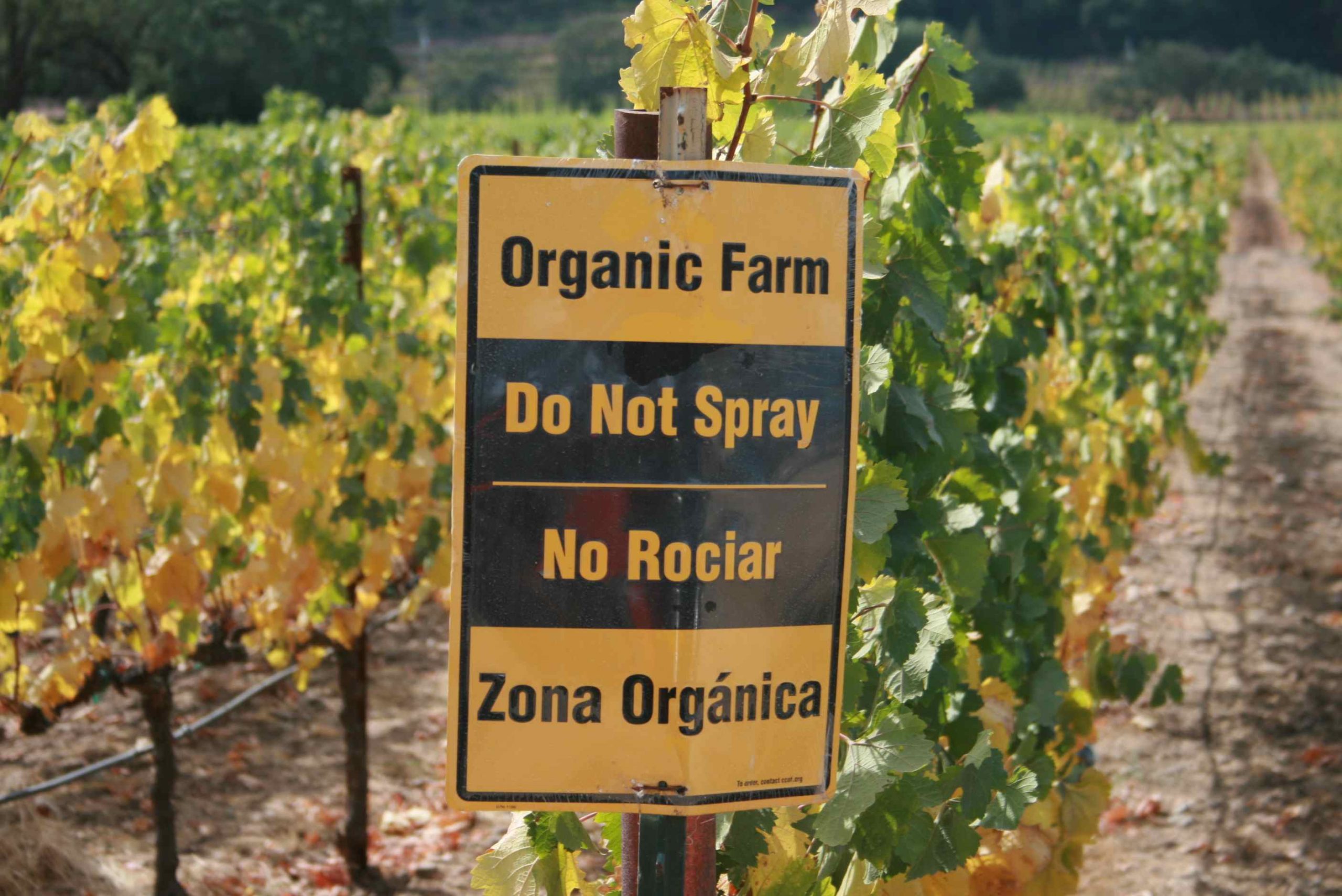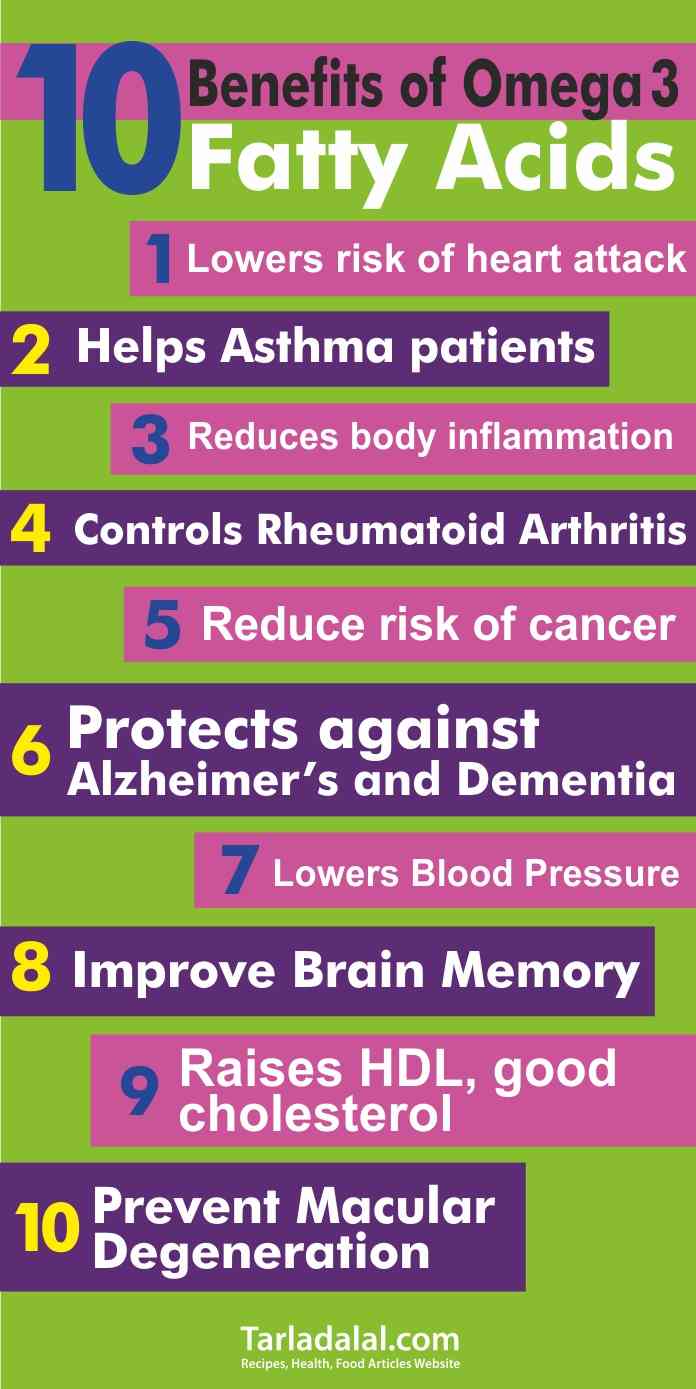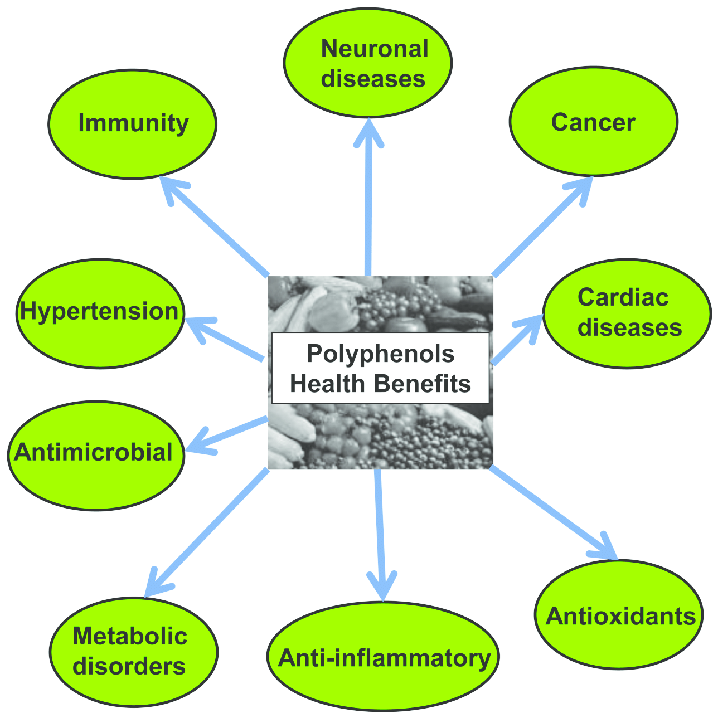
Organic agriculture can be defined as a means of production that promotes agro-ecosystem health, to include biological activity, biological cycles, and biodiversity.1 Promotion of said goals is achieved by implementing off-farm inputs, and mechanical/biological methods instead of synthetic materials.1(704) Furthermore, evidence has suggested that such practices are correlated to improved health. As such, the following will explore the same.

Health can be defined as freedom from pain and physical disease; Hurtado-Barroso et al1(704) asserted that individuals who consume organic meats and produce tend to have improved health markers and less incidence of chronic disease.2 Consumers’ value placed upon organic agriculture has driven the global organic market to an excess of 81 billion dollars in the year 2015, and is estimated to be over 4 times higher than in the year 2004 with the American economy dominating the largest portion of the market.1(704)
Although the associated costs of organic foods are higher than that of its industrialized counterpart, individuals continue to invest money and spend more on the same each year indicating value towards such organic production methods.1(704)However, some research outlining differences in overall quality between organic and non-organic foods remain unclear while other research indicates measurable and significant differences according to Hurtado-Barroso et al.1(706) Research in favour of organic agriculture indicated evidence that lower levels of pesticides and cadmium were observed in organic vegetables/fruits; a relevant distinction as cadmium is a heavy metal and known carcinogen.1(706) 3

Other differences between organic and non-organic foods can be found when considering fatty acid profiles among livestock; organically raised animals tended to have higher concentrations of omega-3 fatty acids (O3FAs) in addition to total polyunsaturated fatty acids (PUFAs).1(705) Furthermore, said animals also had and higher levels of eicosapentanoic acid (EPA), docosapentanoic acid (DHA), conjugated linoleic acid (CLA), alpha-linolenic acid (ALA), and vaccenic acid (VA).1(705) Other nutrients that remain significantly higher in organic livestock include vitamin C and vitamin E; antioxidants that help manage oxidative stress and immune system strength.4

Polyphenols are bioactive compounds that are distributed amongst plant-based foods to include wine, coffee, tea, cocoa, fruit, and vegetables.5 Furthermore, said compounds represent an assorted group of substances containing over 500 different molecules identified in foods.5(2345) Interest in such compounds have grown due to the potential health benefits to include anti-carcinogenic/anti-inflammatory/antioxidant effects upon human health.5(2345) Interestingly, polyphenols tend to be higher amongst organically grown plants when compared to non-organically grown plants.1(705)
In conclusion, organically grown plants and livestock tend to exhibit increased levels of PUFAs, polyphenols, and vitamin C/E and significantly less concentrations of cadmium when compared to conventional agricultural methods. Such qualities are likely to drive consumer purchases as said population places increased value on the same.
References
1. Hurtado-Barroso S, Tresserra-Rimbau A, Vallverdu-Queralt A, Lamuela-Raventos, M. Organic food and the impact on human health. Crit Rev Food Sci Nutr. 2019;59(4): 709-714. doi: 10.1080/10408398.2017.1394815
2. Health. Merriam-Webster. https://www.merriam-webster.com/dictionary/health. Accessed September 4, 2019.
3.Sears ME, Kerr KJ, Bray, RI. Arsenic, cadmium, and mercury in sweat; A systematic review. J Environ Public Health. 2012. doi:10.1155/2012/184745
4. Gropper SS, Smith, JL, Carr TP. Advanced Nutrition and Human Metabolism (7thed.). Boston, MA: Cengage Learning; 2018.
5. Wisnuwardani RW, De Henauw S, Androutsos O, Forsner M, et al.Eur J Nutr.Estimated dietary intake of polyphenols in European adolescents: the HELENA study. 2019;58(6): 2345–2363. doi:https://doi.org/10.1007/s00394-018-1787-x
-Michael McIsaac
